 Updated details, added new stores, and added our own experience. You’re gonna have a baby! Part of the whirlwind is deciding where to start your baby registry. Similar to wedding registries, you go to the store, pick up a bar code scanner, and simply zap everything you want to put onto your registry. They usually provide you a checklist so you don’t forget anything. You can also add and remove items on registry online, and track what items were bought.
Updated details, added new stores, and added our own experience. You’re gonna have a baby! Part of the whirlwind is deciding where to start your baby registry. Similar to wedding registries, you go to the store, pick up a bar code scanner, and simply zap everything you want to put onto your registry. They usually provide you a checklist so you don’t forget anything. You can also add and remove items on registry online, and track what items were bought.
Here are the results of my research after scouring the respective sites and reading various baby forums, comparing factors including selection, price, customer service, return policies, and completion discounts:
Babies R Us
- Pros: Large selection, registry works both in-store and online. Registry Rewards program where you get points when other people buy from your registry. You can return items to a physical store up to a year after arrival date, with certain restrictions (see below). In-store items on registry can be returned without receipt. Works with Shoprunner.
- Cons: Prices tend to be higher in general. Some items are online-only, and thus not available in stores. Online-only items can be returned to a physical store for store credit, but if they are mailed back then the refund credit goes to the original purchaser, not you. Also, such items require a gift receipt or online packing slip.
Completion Discount: Physical coupon arrives 6-8 weeks before stated arrival date. They mail you a 10% off coupon good for a one-time purchase (technically valid for one calendar day) that can include some or all of the remaining items on your registry, with some restrictions:
The completion offer is not valid on diapers, formula, furniture, “R”US Gift Cards, Special Orders, Buyer Protection Plan, Video Game Hardware, Kiddie Kandids and Motherhood Maternity merchandise. It is not valid on prior purchases.
Amazon.com Baby Registry
- Pros: Large selection, online-only. Competitive prices in general, plus no sales tax in many areas for now. Return policy offers a free prepaid return mailing label if you return the item in new and unopened condition within a year from date of delivery. You will get a gift certificate with the value (purchaser will not be notified). Also offers universal registry features if you want.
- Cons: Can’t return things to a physical store. For easy returns, items must be “sold by Amazon.com” and not a third-party seller. Otherwise, you are subject to the return policy of that specific seller. Of course, you probably didn’t buy the items so you have no control over this.
Completion Discount: You become eligible 30 days prior to stated arrival date, receiving 10% off a one-time order up to $5,000 worth of good from remaining items on registry. If you are an Amazon Mom member with Prime, you’ll get a 15% off completion discount instead. Applies only to items sold by Amazon.com, and only items that are deemed baby-related by Amazon are allowed.
Target Baby Registry
- Pros: Convenient for gift givers, lots of stores nationwide. Competitive prices in general. You can return or exchange any item on your registry in-store, with or without receipt. Will be easier to use up Target gift cards since they sell everything from toothpaste to furniture.
- Cons. In-store selection is more limited and varies by location.
Completion Discount: Physical coupon sent to you, activates after due date. Good for 10% off all remaining items either in-store or online, you can use it both online and offline as long as it’s the same day. (Some people report that the 10% coupon works on all items in that one purchase at Target, but I can’t confirm.)
Buy Buy Baby
- Pros: Very large selection, registry works both in-store and online. You can all return items to a physical store, even without receipt, for store credit. As this is the baby branch of Bed, Bath, and Beyond, you can use BBB 20% off coupons (sign-up online for mailing list to get coupons regularly). Overall better reviews from mommy forums regarding customer service.
- Cons: Limited store locations. Prices may be higher on average. However, Buy Buy Baby also does price-matching to online stores like Amazon (see below).
Do you price match items I find advertised for less at another website/retail store?
We will gladly match our direct competitors’ prices on identical items. Please call us at 1-800-436-3048 so a Customer Service Representative can assist you. Exceptions may apply.
Completion Discount: Valid after due date. 10% off all remaining items, you will receive both a physical coupon in the mail and a coupon code via e-mail, so make sure both are accurate. (Some people report that the 10% coupon works on all items, not just remaining items in registry. May vary by each store policy, similar to the acceptance of expired 20% off coupons.)
The Rest
Here are some other baby registry alternatives:
Walmart Baby Registry was very basic. There is no special registry return policy, it’s just their standard gift return policy which means you’ll need a gift receipt. Without a gift receipt, you’ll be limited to a certain number of returns and be required to submit your driver’s license. There is no completion discount. Still, if you do most of your other shopping at Wal-mart as opposed to Target, it’s probably convenient to register here and be able to use any store credits or get gift cards from Wal-mart.
TheBump has a universal-style registry that lets you include items from Amazon, Buy Buy Baby, and several smaller retailers. I didn’t really want to deal with gifts coming from that many different retailers, all with their own unique return policies.
Wishpot is another universal registry that allows to add any item from any store online, and then people can “reserve” that item to give to you. A price comparison engine helps gift givers see where the item is the cheapest. Again, this method makes it difficult to return items as people may buy them from online stores that require you to arrange and pay for return shipping or have a gift receipt, or stores that you don’t have near you. It seems more focused on making things easier for the gift giver than the gift recipient.
BabyLi.st is another universal baby registry option. You can add items from any retailer (even sites like Etsy.com) or non-stuff like college tuition, dog-walking, or baby sitting hours. Again, this method makes it potentially difficult to return items but it appears that you can also choose the retailer you want it from (whether people will actually buy it from there is a separate question). They recently announced a 10% completion discount good at four stores: Diapers.com, Land of Nod, The Honest Company, and Giggle.
Our Baby Registry Experience
In the end, we decided to register at Babies R Us and the Amazon.com Baby Registry. We would have chosen Buy Buy Baby over Babies R Us, but there was no BBB near us. Babies R Us will work best for friends and family that prefer to browse and then buy something in a physical store. Amazon is more convenient for people that want to ship us something directly, but still has a good return policy for the most part. In the end, we were happy with the results. We used the completion discount from both Amazon and Bed Bath and Beyond without issue, but definitely bought more stuff from Amazon. We did return some duplicate things to Bed Bath and Beyond instead of mailing it back to Amazon, and it took us nearly a year to spend all the credit (mostly because we were too lazy to drive back out to the store and we tend to buy a lot of baby stuff used).
We decided to leave out Target for the sake of simplicity and did not regret it, although we have since bought lots of gifts for other expecting parents from Target.

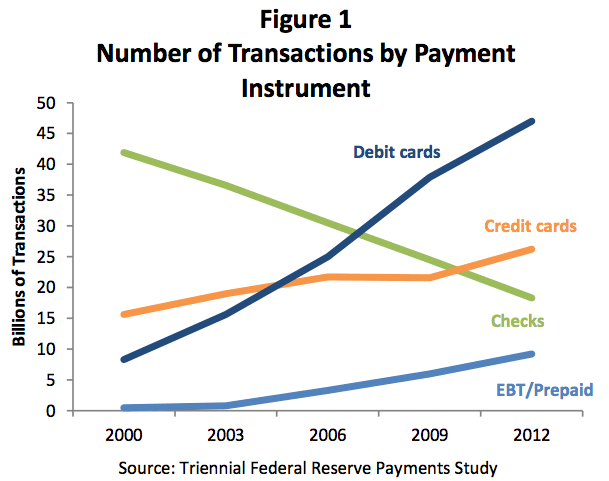
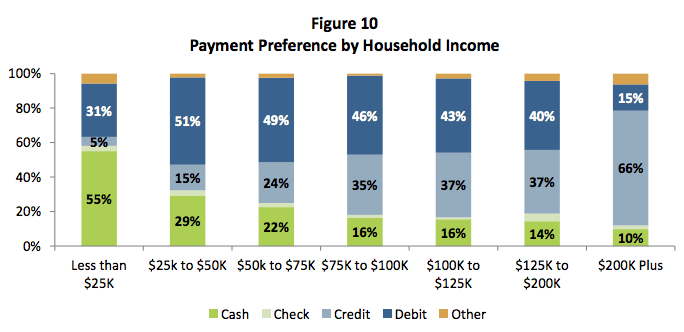
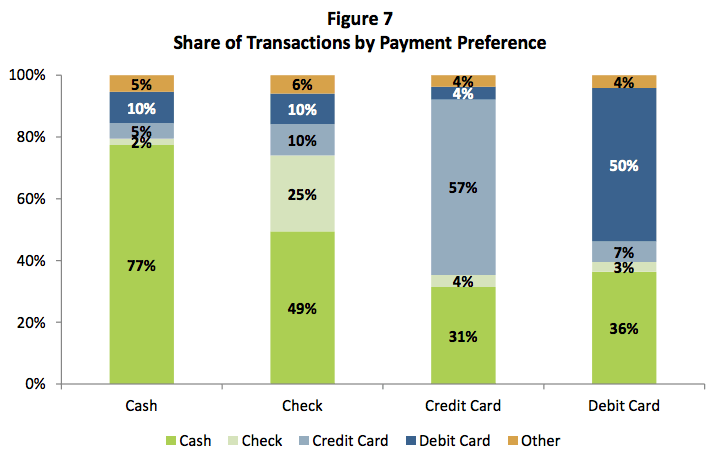
 Just as important as finding a good investment is knowing what investments to avoid at all costs. If you simply manage to avoid putting any money into financial sinkholes, you’ll come out ahead. I’ve already mentioned the common mistake of
Just as important as finding a good investment is knowing what investments to avoid at all costs. If you simply manage to avoid putting any money into financial sinkholes, you’ll come out ahead. I’ve already mentioned the common mistake of 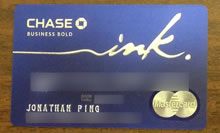 Update: This LTO is now EXPIRED
Update: This LTO is now EXPIRED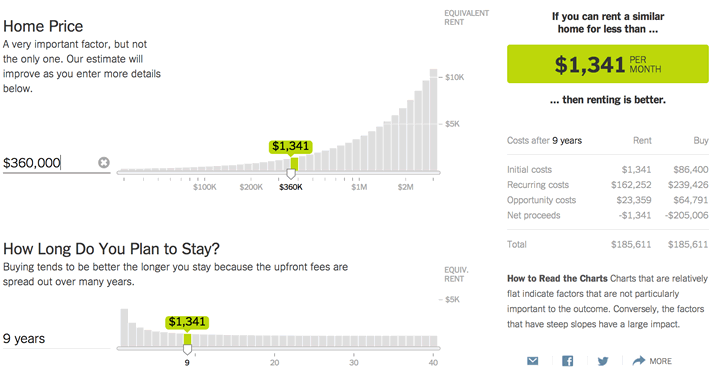
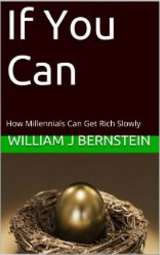 I just finished reading
I just finished reading 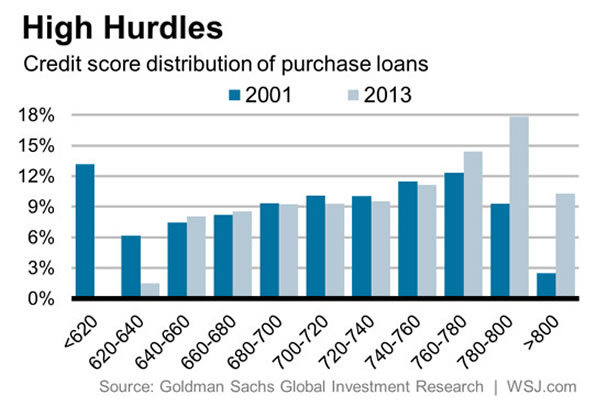
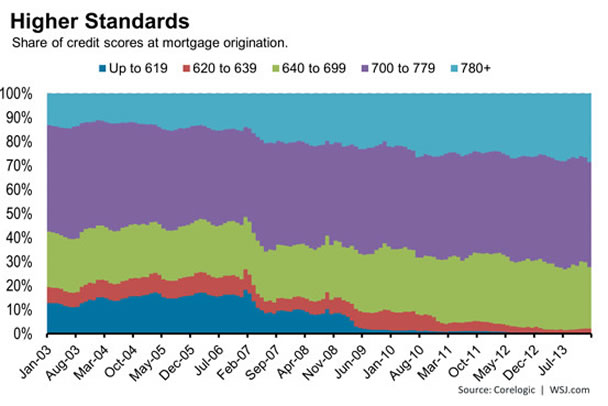
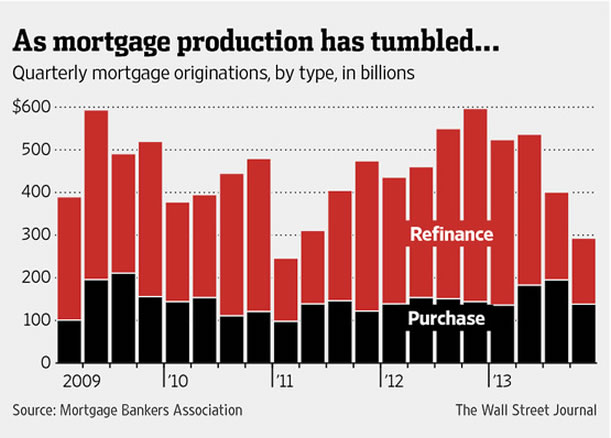
 Many people hire a financial advisor because they aren’t comfortable investing on their own, and they appreciate having an experienced person to talk to whenever they have any questions. However, this has traditionally meant paying at least 1% of your portfolio assets every year to that person. Especially given the current low interest rate environment, 1% is a huge number and could eat up a large percentage of your future returns.
Many people hire a financial advisor because they aren’t comfortable investing on their own, and they appreciate having an experienced person to talk to whenever they have any questions. However, this has traditionally meant paying at least 1% of your portfolio assets every year to that person. Especially given the current low interest rate environment, 1% is a huge number and could eat up a large percentage of your future returns.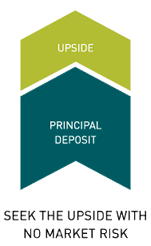
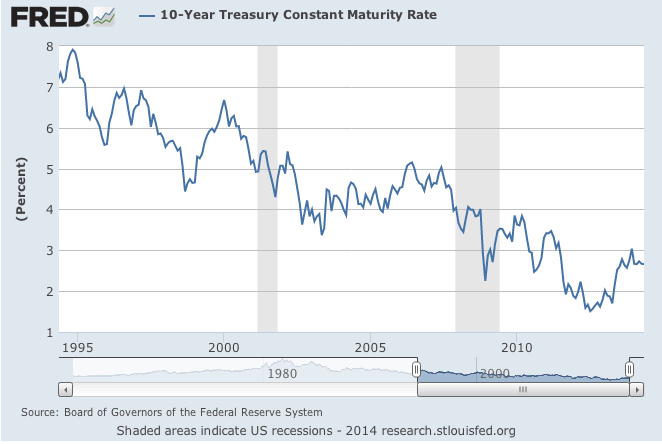
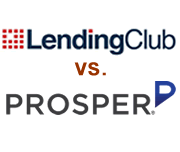 Being a peer-to-peer lender been a bumpy ride.
Being a peer-to-peer lender been a bumpy ride. 
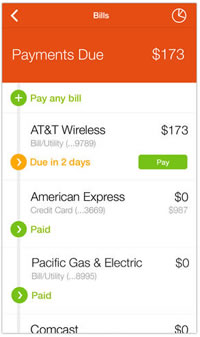 A few readers e-mailed me to let me know that bill management website Manilla.com announced that they will be shutting down. Surprising, as they were just mentioned in Money magazine last month!
A few readers e-mailed me to let me know that bill management website Manilla.com announced that they will be shutting down. Surprising, as they were just mentioned in Money magazine last month! The Best Credit Card Bonus Offers – March 2024
The Best Credit Card Bonus Offers – March 2024 Big List of Free Stocks from Brokerage Apps
Big List of Free Stocks from Brokerage Apps Best Interest Rates on Cash - March 2024
Best Interest Rates on Cash - March 2024 Free Credit Scores x 3 + Free Credit Monitoring
Free Credit Scores x 3 + Free Credit Monitoring Best No Fee 0% APR Balance Transfer Offers
Best No Fee 0% APR Balance Transfer Offers Little-Known Cellular Data Plans That Can Save Big Money
Little-Known Cellular Data Plans That Can Save Big Money How To Haggle Your Cable or Direct TV Bill
How To Haggle Your Cable or Direct TV Bill Big List of Free Consumer Data Reports (Credit, Rent, Work)
Big List of Free Consumer Data Reports (Credit, Rent, Work)